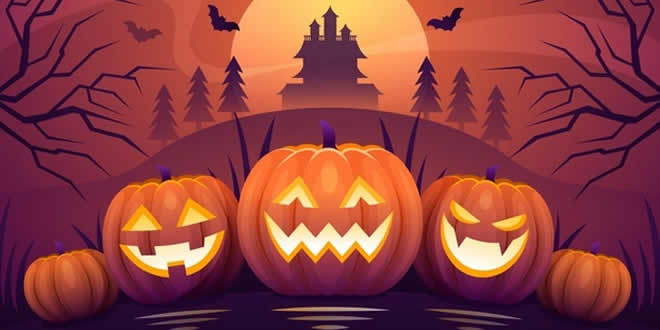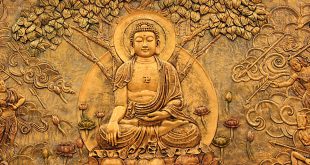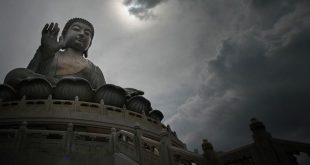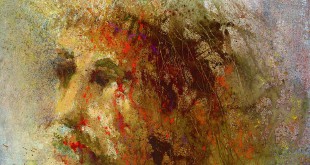Pumpkins Are Here Poem: Trick-or-treating—going from house to house in search of candy and other goodies—has been a popular Halloween tradition in the United States and other countries for an estimated 100 years. But the origins of this community-based ritual, which costumed children typically savor while their cavity-conscious parents grudgingly tag along, remain hazy. Possible forerunners to modern-day trick-or-treating have been identified in ancient Celtic festivals, early Roman Catholic holidays, medieval practices and even British politics.
History of Trick-or-Treating:
People across the globe are celebrating Halloween today, and its time to get spooky. The word Halloween comes from Hallowe’en, which translates to “hallowed evening” or holy evening. It is believed that Halloween traditions commenced from Celtic Harvest festivals of Samhain, while some people believe that it began independently as a Christian festival. Samhain was an observance of the end of the harvest season that means summer’s end. It falls a day before All Saints’ Day or All Hallows Eve, which honours the saints and martyrs, followed by All Souls Day, when the departed are remembered.As a part of the celebrations on Halloween, people adorn spooky dresses, carve jack-o’-lanterns, light bonfires, trick-or-treat friends and family, visit haunted attractions, play pranks and narrate spooky stories. Hundreds of years ago in Ireland, Halloween tradition involved carving pumpkins into jack-o’-lanterns in order to scare the evil spirits passing away through the Irish farms, since then it has become a vegetable synonymous to the festival, which is mostly celebrated by Americans.
Initially, it was turnips that were hollowed out and Irish people made scary faces and placed them in the fields in the hope that these spooky faces would guard the fields from evil spirits. It was believed that the boundaries between spirits and our world became intertwined on Halloween and this scared the Irish population. When Irish immigrants came to America, they discovered pumpkins to carve the scary faces as they were easier to carve and this is how they started observing the festival making it a tradition of carving out jack-o’-lanterns.
Pumpkins Are Here: Mary
The pumpkins are here;
The pumpkins are there.
The pumpkins, the pumpkins
are everywhere.
The pumpkins are up;
the pumpkins are down.
The pumpkins, the pumpkins
are all around.
The pumpkins are in;
the pumpkins are out.
The pumpkins, the pumpkins
are all about.
The pumpkins are low;
the pumpkins are high.
The pumpkins, the pumpkins
all say, “Goodbye!”
∼ Poem by ‘Mary‘
Early Christian and Medieval Roots of Trick-or-Treating
By the ninth century, Christianity had spread into Celtic lands, where it gradually blended with and supplanted older pagan rites. In 1000 A.D. the church designated November 2 as All Souls’ Day, a time for honoring the dead. Celebrations in England resembled Celtic commemorations of Samhain, complete with bonfires and masquerades. Poor people would visit the houses of wealthier families and receive pastries called soul cakes in exchange for a promise to pray for the souls of the homeowners’ dead relatives. Known as souling, the practice was later taken up by children, who would go from door to door asking for gifts such as food, money and ale.
In Scotland and Ireland, young people took part in a tradition called guising, dressing up in costume and accepting offerings from various households. Rather than pledging to pray for the dead, they would sing a song, recite a poem, tell a joke or perform another sort of “trick” before collecting their treat, which typically consisted of fruit, nuts or coins.
 Kids Portal For Parents India Kids Network
Kids Portal For Parents India Kids Network








Badhiya poem hai nice.